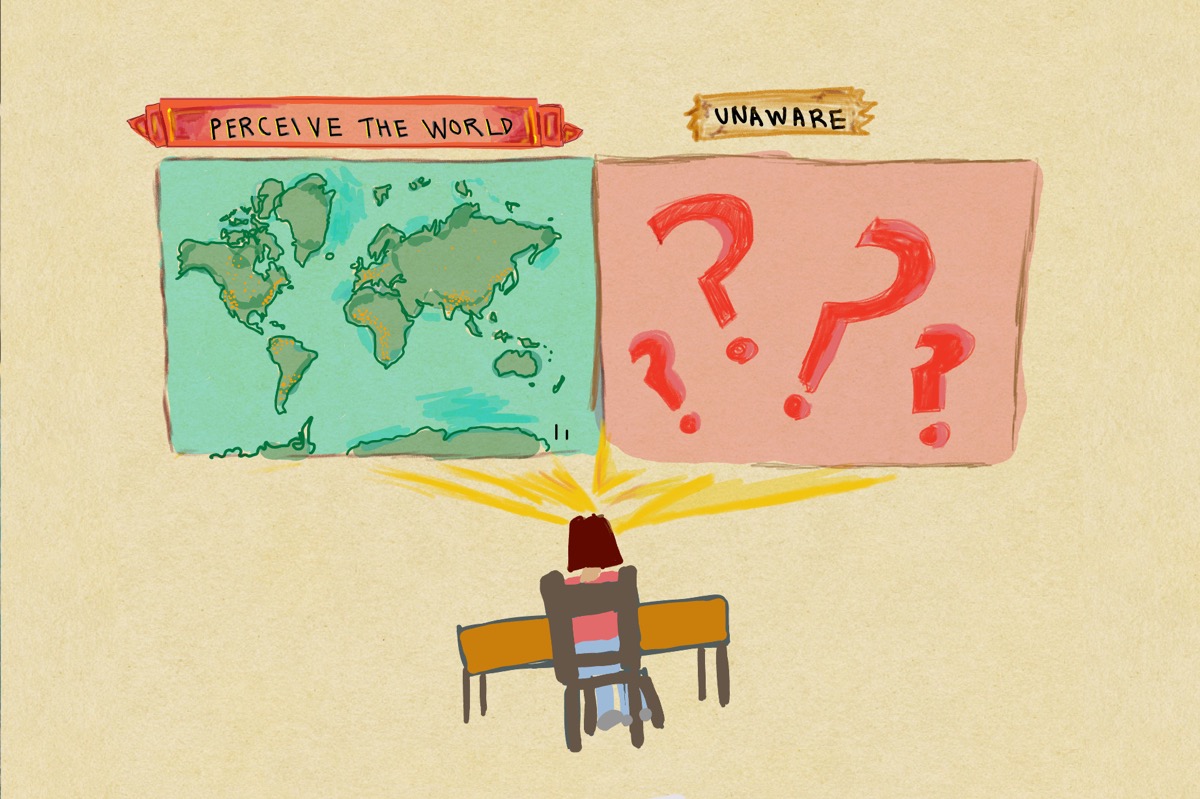Geographic knowledge is not defined by one’s ability to identify countries on a map without a blink — geography connects countries and cultures, contextualizes current events and creates a tangible outline of the world. As a crucial liaison between students and society, geography should become a mandatory course in California as it encourages participation in a global community.
In July 2016, the California Board of Education adopted the History Social Science Framework, seeking to help public school instructors nurture informed students. The framework, which includes specific guidance on geography, notes the importance of understanding cultural diffusion.
The spread of cultural features, a main focus in a geography class, can help students comprehend cultural differences on a deeper level. The deeper understanding is especially important in a diverse school, according to sophomore Ellie Kim.
“In my AP Human Geography classes, there are students that are from all over America; their families are from all over the world,” AP Human Geography and World History teacher Shameemah Motala said. “I think the fact that the class is so relevant to their lives and the way they have been brought up in the world, I think is a meaningful class for them.”
Another reason why geography should become a required course is its multidisciplinary overlap across both humanities and sciences. This interdisciplinary aspect can help students make connections across different subjects, helping them understand each more deeply.
Additionally, geographic curriculum teaches students life skills, including how to assess biased data. While 20% of Americans do not verify information from potentially biased television news networks, consuming information with caution is a skill that every student should learn — especially when misinformation is so prevalent across social media. If students are required to take a geography course, they will have the opportunity to analyze overgeneralized maps with distortions that do not display a full picture of data. As a result, students can learn how to navigate through misleading information in their day-to-day lives.
Funding for humanities studies has significantly decreased over the past decades and the drop in college-level humanities enrollments have grown apparent in recent years. While English and history studies have decreased by approximately 33.3% in the last ten years, STEM majors have significantly expanded in financial investments and the number of students, according to an article from The New Yorker. Despite the decline in humanities studies, geography must be applied to secondary school curriculum to incentivize students to pursue higher education in that area. This starts from high school education, which can help students discover their passions and potential career interests.
“Especially because our world is so globalized, and we’re so interconnected, knowing our relationships between places is going to make us understand things,” Motala said.
To implement geographical knowledge into school curriculums, teachers can incorporate “hard data,” according to Motala.
However, the most effective way for IUSD to implement geographical knowledge is a course requirement from the state of California. Through this geography course requirement, IUSD can facilitate how schools incorporate the subject in future school years and ensure that all requirements are met. By doing so, students will be able to learn how to interpret their surroundings and perform their civic duty, one lesson at a time.




